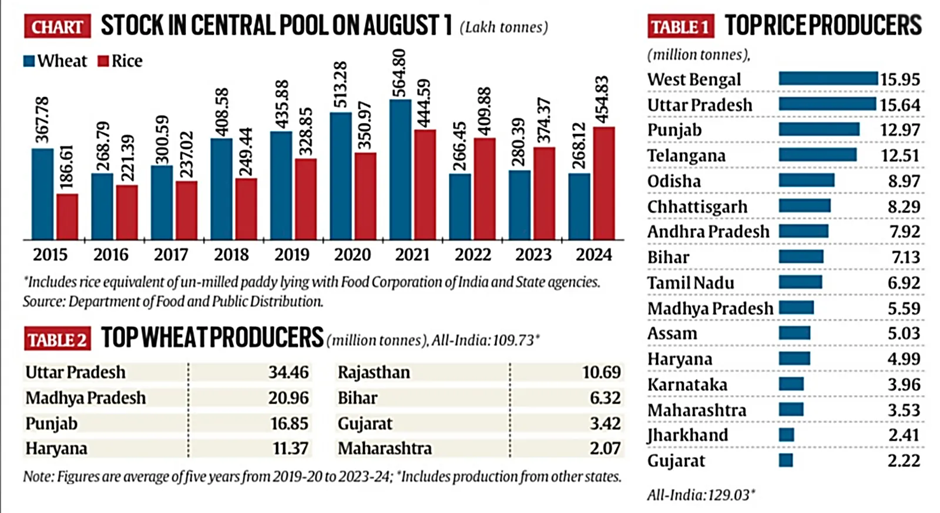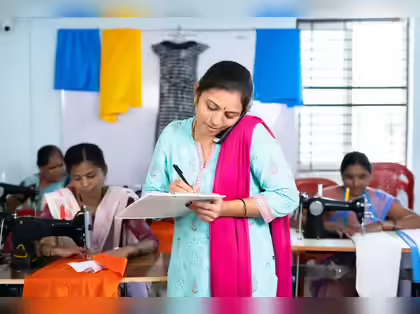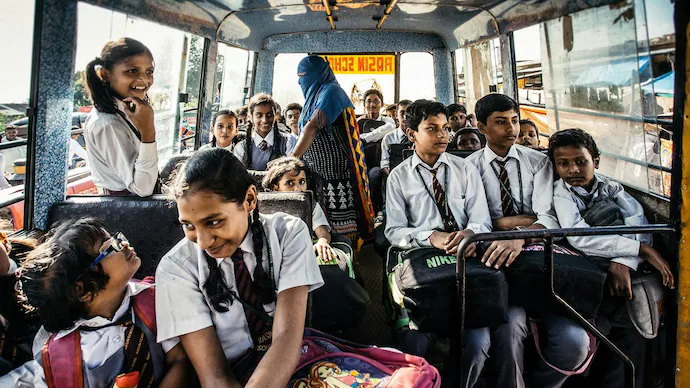- Courses
- GS Full Course 1 Year
- GS Full Course 2 Year
- GS Full Course 3 Year
- GS Full Course Till Selection
- Answer Alpha: Mains 2025 Mentorship
- MEP (Mains Enrichment Programme) Data, Facts
- Essay Target – 150+ Marks
- Online Program
- GS Recorded Course
- Polity
- Geography
- Economy
- Ancient, Medieval and Art & Culture AMAC
- Modern India, Post Independence & World History
- Environment
- Governance
- Science & Technology
- International Relations and Internal Security
- Disaster Management
- Ethics
- NCERT Current Affairs
- Indian Society and Social Issue
- NCERT- Science and Technology
- NCERT - Geography
- NCERT - Ancient History
- NCERT- World History
- NCERT Modern History
- NCERT Medieval History
- CSAT
- 5 LAYERED ARJUNA Mentorship
- Public Administration Optional
- ABOUT US
- OUR TOPPERS
- TEST SERIES
- FREE STUDY MATERIAL
- VIDEOS
- CONTACT US
Why rice-wheat need to be de-hyphenated
Why rice-wheat need to be de-hyphenated

Policymakers have recently emphasized the need to de-hyphenate rice and wheat production due to shifting trends in production, consumption, and related challenges.
- Rice is currently facing a surplus, whereas wheat is experiencing deficits and rising consumption demands.
Need to De-hyphenate Rice and Wheat Production:
Contrasting Surplus Situations:
-
Rice Surplus:
- Exports: India exported 21.21 million tonnes (mt) of rice (both basmati and non-basmati) in 2021-22, 22.35 mt in 2022-23, and 16.36 mt in 2023-24.
- Stocks: Government rice stocks were at a record high of 45.48 mt in August 2024.
-
Wheat Deficit:
- Exports: Wheat exports dropped from 7.24 mt in 2021-22 to 4.69 mt in 2022-23, and a minimal 0.19 mt in 2023-24.
- Stocks: Despite a ban on wheat exports in May 2022, stocks were at a low of 26.81 mt in August 2024.
Differences in Production Areas
-
Rice:
- Seasons: Cultivated in both kharif (monsoon) and rabi (winter-spring) seasons. For example, in West Bengal, farmers grow three rice crops: aus (summer), aman (rainy), and boro (winter).
- Geography: Grown in 16 states across a diverse range of regions (North: Punjab, UP; South: Tamil Nadu, Telangana; Central: MP, Chhattisgarh; East: West Bengal, Assam; West: Maharashtra, Gujarat).
-
Wheat:
- Season: Grown only in the rabi season.
- Geography: Produced in eight states with significant output, mainly in the northern, central, and western regions. The top four states (UP, MP, Punjab, Haryana) account for 76% of output.
Production Volatility
- Rice: Less volatile due to extensive cultivation and better water management. For example, Telangana has significantly increased rice production due to improved irrigation and MSP assurances.
- Wheat: More volatile due to its single cropping season and climate constraints. Shorter, warmer winters and unpredictable weather patterns have negatively impacted wheat yields.
Diverging Consumption Trends
- Wheat:
- Consumption: The per capita monthly consumption of wheat is 3.9 kg in rural areas and 3.6 kg in urban areas. This translates to approximately 65 mt for a population of 1.425 billion.
- Processed Forms: Significant consumption in processed forms (e.g., bakery items, convenience foods) which is expected to rise with urbanization and higher incomes.
- Rice:
- Consumption Patterns: No significant increase in rice consumption. Limited innovation in rice-based convenience foods suggests stable consumption patterns.
Government Initiatives to Support Rice and Wheat Cultivation
- National Food Security Mission
- Hybrid Rice Seed Production
- Rashtriya Krishi Vikas Yojana
- Minimum Support Price (MSP)
- Agriculture Infrastructure Fund (AIF)
- Pradhan Mantri Krishi Sinchai Yojana (PMKSY)
- Crop Diversification Programme (CDP)
Key Facts about Rice and Wheat?
|
Basis |
Rice |
Wheat |
|
Temperature |
22-32°C with high humidity |
10-15°C (Sowing time) and 21-26°C (Ripening & Harvesting) with bright sunlight |
|
Rainfall |
150-300 cm |
75-100 cm |
|
Soil Type |
clayey and loamy soil |
Well-drained fertile loamy and clayey |
|
Top Producers |
West Bengal >Uttar Pradesh >Punjab |
Uttar Pradesh >Madhya Pradesh >Punjab |
|
India’s Global Position |
2nd largest producer of rice in the world after China |
2nd largest producer of wheat in the world after China |
Recommendations to Address Rice-Wheat Consumption Divergence:
-
Wheat Policy:
- Short-Term: Prepare for potential wheat importation due to rising consumption and production challenges.
- Long-Term: Focus on improving per-acre yields and developing climate-smart varieties to enhance wheat production sustainability.
-
Rice Policy:
- Export Restrictions: Lift the ban on exports of white non-basmati rice and remove the 20% duty on parboiled non-basmati rice. Eliminate the USD 950/tonne floor price on basmati rice.
- Innovation: Encourage innovations in rice-based food processing to boost consumption, such as breakfast cereals, soups, baby foods, and packaged mixes.
-
De-hyphenation of Policy:
- Recognize the distinct challenges and needs of rice and wheat production. Policies should address the specific issues related to each cereal independently rather than treating them as interchangeable.
Conclusion:
De-hyphenating rice and wheat production is crucial for addressing the unique challenges faced by each crop. By developing targeted policies and addressing the specific needs and consumption trends for rice and wheat separately, India can better manage production, consumption, and food security issues effectively.



